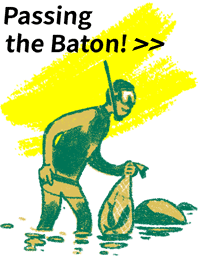Although the traditions of indigenous peoples seem to be fading, present hunters still bring millet wine as an offering to the ancestral spirits when they go on their hunts. This ritual is a way of notifying the spirits that the hunters will be hunting for food here. Culture is the way of life, and bits and pieces of tradition can still be found in the daily lives of indigenous peoples.
From Fooling around to Learning How to Hunt
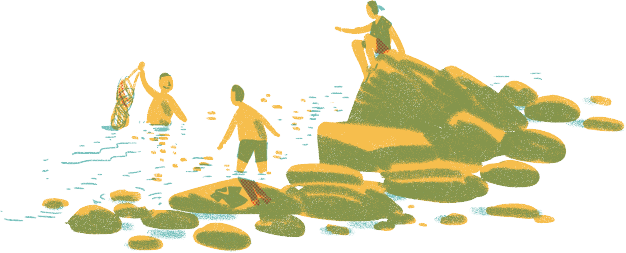
In the past there were no video games, no barbie dolls - nature was the best toy to play with! Indigenous peoples live close to the mountains and forests, so when parents go into the mountains or sea to work or hunt, they would often bring their children with them. As the parents are working, the children would fool around in the waters.
“Of course the adults won’t give you a harpoon, it’s too dangerous.” Said Atayal hunter Zhang Ren-Jie, “nets are off-limits, too, kids might break it.” Nevertheless, children still found ways to amuse themselves. Fish do not like sunlight, so they usually hide in the cracks between rocks. The youngsters would stick their hands in to grab fish and learn how to catch fish with no tools during the process.
Deciding What Tools to Use According to the Surrounding Conditions
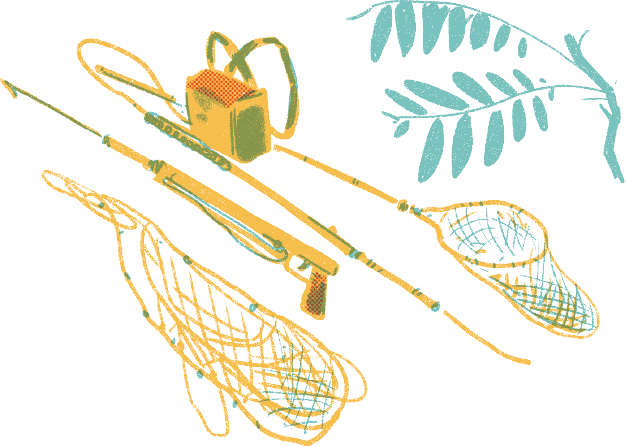
As the children got older, they were given access to more tools: teenagers in junior high and high school can practice using fishing nets and later learn to use harpoons as an adult. However, age is not the only factor that determines which tool the hunter uses - experienced hunters decide which tool to use according to weather and environmental conditions. For example, if the visibility is poor due to rapid water flow or the water is too shallow for a dive, they will use fish nets to catch fish.
In the past, some communities would use tuba root to anesthetize large amounts of fish and then net them. This method is mostly deployed before rituals to get a certain amount of fish required for the ceremony. Tuba root only slows the fish down and temporarily knocks them out, and it is not often employed so it does not cause negative impact on the environment. However, nowadays in order to make a profit, some people will use illegal means such as electrofishing, blast fishing, or fishing with chemical poisons to catch large quantities of fish. This destroys the water environment and ecosystem sustainability and consequently threatens the continuity of the indigenous peoples’ traditional culture.
No Refrigerator? We Have Other Ways to Preserve Food!
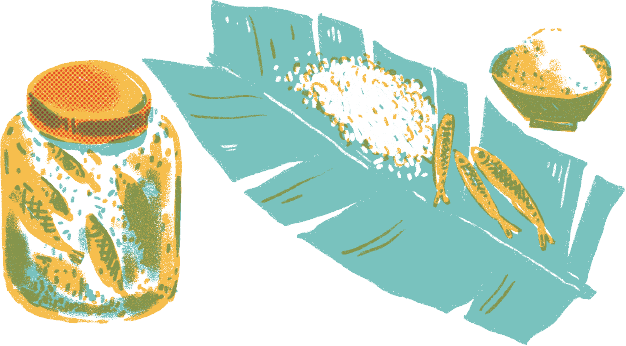
Refrigerators did not exist in the past and food could not be preserved for a long time. The Hakka people would pickle or cure food so that the food would keep longer, but they weren’t the only ones with skills like this!
Indigenous communities pickle game meat, fish, shellfish, and even vegetables. Accompanying ingredients are simple, mainly salt and rice. However different areas would have different curing methods and recipes. For example, the siraw (pickled raw pork) of the Pangcah people uses coarse salt and is paired with half-raw glutinous rice. To make tmmyan (pickled meat), the Atayal people will add rice wine and rice. Fish are usually consumed within the maker’s family and thus not that commonly found. But pickled Taiwan shovel-jaw carp is a traditional cultural dish of the Atayal people and must be paired with cold rice to bring out its complex texture and flavors!
In Front of My Home, There is a Small River, and Tourists...
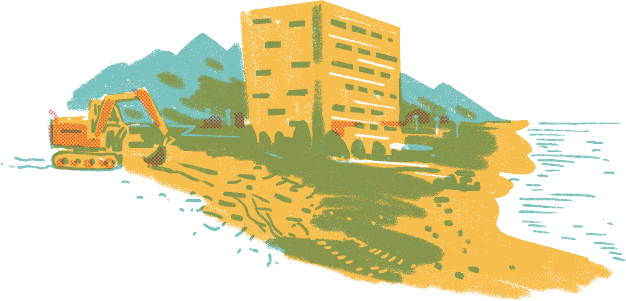
Hunter Zhang Ren-Jie recalled that “a lot of elders refuse to eat fish caught near areas where people live. You can never fool them because the taste and texture of the fish are not the same.”
As local tourism becomes more popular, more and more tourists are entering natural environments. The number of visitors often exceeds the maximum capacity of the environments and consequently speeds up the deterioration of landscapes and ecosystems. The culture of the indigenous peoples is founded on interactions between the people and the environment. So drastic changes which occur in the mountains and natural environments would threaten the habitats of wild animals and therefore force community members to change their lifestyles.
Respect Others and Be Grateful to Mother Nature
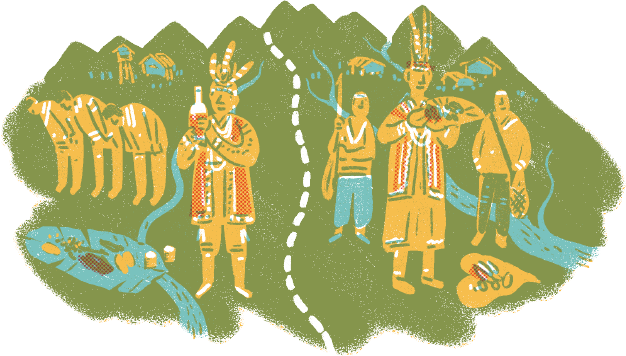
Regardless of community, each indigenous family has its own hunting area and does not enter or use other family’s hunting grounds without permission. The hunting grounds are not defined by actual “lines”; instead, the ancestors used natural landmarks to mark out the family territory. Later some community hunting grounds were shared between families due to inter-community marriages.
When hunters hunt, they are taking resources from nature. To thank the generosity of Mother Nature, communities would hold a ritual to express their gratitude to the ancestral spirits and ask their ancestors to keep community members safe. On the other hand, the ceremony is also an early warning to the animals: the hunters are coming!

